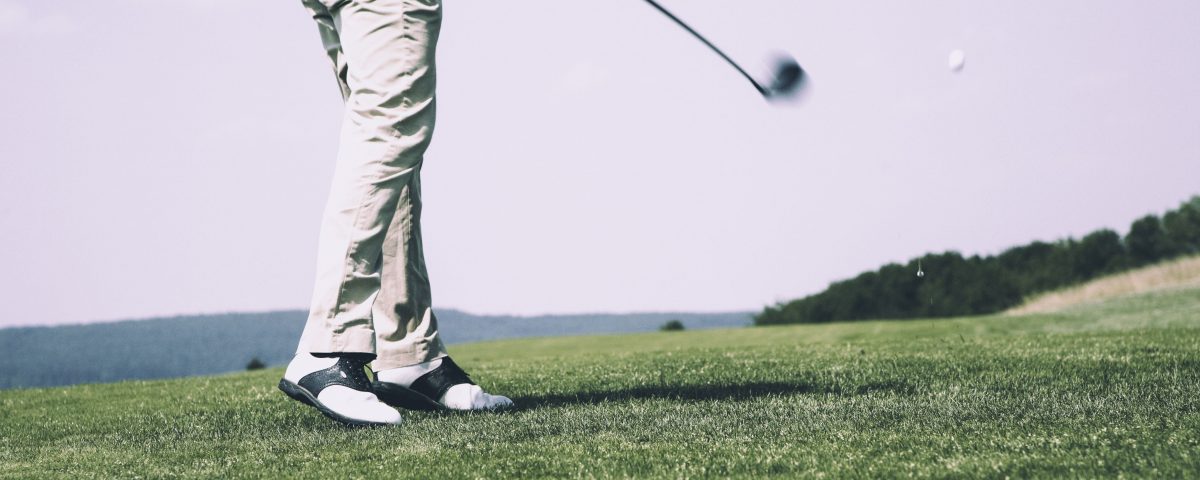
Whether you are an professional golfer or someone who puts on your spikes only a couple of times a year, optimal fitness can improve your performance and prevent golf-related injury. If your body is not running smoothly when the season starts, you will not hit the ball properly which often leads to further injury, poor performance, and ongoing frustration – not a good recipe for the enjoyment of this popular sport.
Golfers with muscle tightness, joint restriction or poor body mechanics can struggle to consistently execute their golf swings. Swing faults are most often manifested as poor form while addressing the ball, executing the back-swing and the downswing, or completing the follow-through. Over time, golfers may develop golf-related injuries or aggravate pre-existing neck, shoulder, back, hand, wrist or elbow injuries.
Golfers seeking help from a physical therapist can achieve proper biomechanics and body movement while avoiding injury, eliminating pain from an existing injury and/or improving the consistency of the golf swing.
• Eliminate Pain – Get targeted treatment to quickly treat pain that impedes performance.
• Increase Mobility – Assess and improve mobility of all joints (e.g., the neck, shoulder, back). Joint limitations could negatively impact all aspects of your golf swing.
• Improve Flexibility – Assess and address key muscle group issues. It’s important to evaluate the flexibility of your hips and shoulder musculature as they are both critical to your follow through and your backswing.
• Enhance Balance – Evaluate dynamic balance and develop an improvement plan for improved shot follow through. Poor control of hip, abdominal, and hip musculature could cause you to finish your swing off balance.
• Increase Strength – Evaluate core and limb strength and offer manual therapy and exercises to address related swing faults.